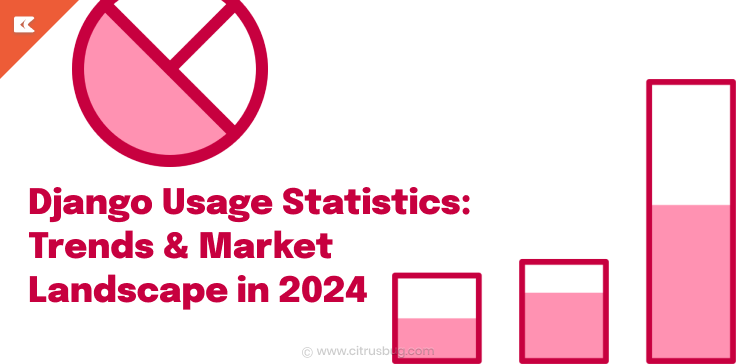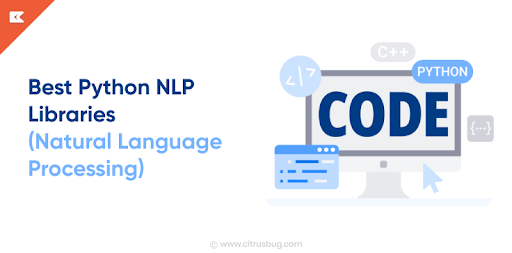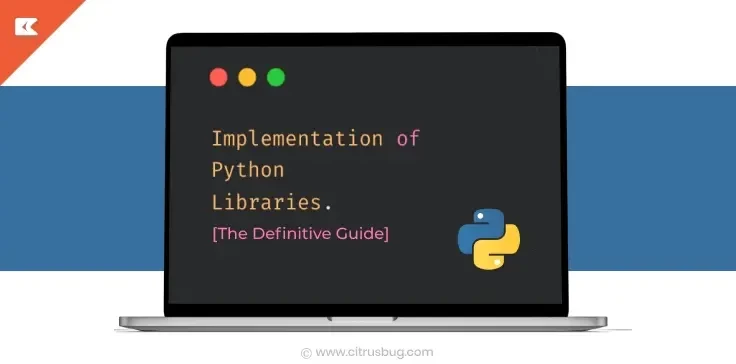
The most widely used programming language is Python. Regarding jobs and challenges in data science, Python always impresses its users. Most data scientists choose Python programming language due to its extensive ecosystem of libraries specifically designed for machine learning tasks. These Machine-learning Python libraries offer numerous advantages, including their open-source nature, object-oriented design, and high performance.
The methods and variables in every Python library can be utilized for various tasks (arrays, dictionaries, objects, etc.). It is feasible to automate procedures, forecast results, and deliver relevant data with the help of SEO tools.
Machine learning and data science require Python-written libraries. Each module in a Python library performs a distinct function. This library’s code is modular, making it helpful for programmers.
What is a Python Library?
Python libraries consist of a bunch of code scripts or modules of codes used for specific operations while programming. Such collections of modules reduce the work from scratch. Hence, thousands of Python libraries help machine learning developers and professionals in data science, data visualization, and more.
Python is the most widely used language for machine learning because its syntax and command lines mimic English. It is advantageous due to its effectiveness and ease of programming language acquisition.
Python is an easy-learning language and is accessible on all platforms. Python has a straightforward syntax compared to other programming languages like C++, Ruby, and Java development services, which makes it practical and well-liked.
How to create a Python library?
Python developers generate these libraries and share them with the community. A Django development company often relies on these community-driven libraries to enhance the functionality of their web applications. By incorporating these libraries, developers can build more powerful and customizable solutions without starting from scratch.
A library’s contents are only accessible after being imported (like its objects and methods). By downloading a library to your computer, you can import it into Python. No additional files need to be downloaded to import libraries in Mode. We’ll import the NumPy maths library first.
The NumPy library contains a method called “.Mean()”. The average of a collection of numbers is calculated by developers using this method. First, a new variable called “population values” needs to be given the list of population values (city population. values ()). Making variables that relate to other variables is a wise idea.
An example of a module and a package is a directory containing many other modules and subdirectories. It can be challenging to tell the difference between a box and a library in Python. Using a Python library, including previously used code in your projects and programs, is simple.
Compared to libraries in languages like C++ or C, libraries in Python are far more general. Here, “library” refers to a grouping of necessary modules. Modules are gathered in libraries. A “package” library can be installed using RubyGems or npm.
How to install Python libraries?
Installing Python libraries on your host or virtual machine. Even you can customize your installation with the options given below. The steps to install the Python libraries are derived below:
- Launchers installation for all user
- Now you can add Python to the PATH.
- Install PIP that helps to install other packages in Python.
- Install tk/tcl and IDLE and prepare the domain for Python testing frameworks.
- Install py launchers for all users.
- Associates files with Python.
- Create shortcuts to install applications.
- Compile variable libraries
- After installation, add ‘request’ and ‘pysnow’ Python libraries. The run below command to install it.
Note: This command will not work on the proxy rotating environment. The only solution to this issue is downloading each Python library separately and executing the install requests in the proper sequence. The command will install several files.
To verify the Python libraries installations, use one of the following ways.
- Type python in the cmd prompt
- On Windows, open Start and select Python > python-.exe
Most Common Python Libraries and their Implementations
Python libraries are a set of modules or script codes used in data science and machine learning. Thousands of libraries are available, varying in size, quality, and diversity. Engaging a machine learning consulting services provider can help businesses navigate and implement these powerful libraries effectively. Here is a list of some popular Python libraries most used.
Numpy: Numpy is a library that stands for Numerical Python. It is used for working with arrays. Numpy contains functions that can work with domains like metrics, linear algebra, and Fourier transform. Numpy arrays project an object to deliver 50x faster than the traditional Python lists. The Numpy array object is denoted by ndarray. The ndarray provides support for the functions and makes them more accessible.
Scikit Learn: In Python’s ecosystem, Scikit Learn is an open-source data science library and a gold machine learning standard. Scikit learns built on Numpy and Scipy. It is mainly used for data mining, modelling, and analysis and supports classically supervised and unsupervised data. Scikit-learn is simple and easy to learn, and beginner-friendly. The latest release, version 1.5.2 (September 2024), introduced enhancements in feature selection, model evaluation tools, and clustering algorithms. It now supports additional preprocessing options for unstructured data, aligning it better with modern ML pipelines
Pandas: Pandas is a Python library built on top of Numpy packages; it is used for high-quality performance and data manipulation in machine learning. It depends upon two data structures one-dimensional series and a two-dimensional data frame.
TensorFlow: The free and open-source TensorFlow Python library specializes in differentiable programming, which allows for the automatic computation of a function’s derivatives in high-level languages. TensorFlow’s adaptable architecture and framework enable the rapid development and evaluation of machine learning and deep learning models. TensorFlow now emphasizes integration with cutting-edge GPU support, such as NVIDIA CUDA 12.3, enabling faster training for deep learning models. It also continues to expand its reach into edge devices with TensorFlow Lite
Theano: A Python library that efficiently estimates mathematical operations with multi-dimensional arrays. The most used of the Theano python library is in Deep learning projects. Theano works swiftly on GPU (Graphic Processing Unit) compared to CPU and is a better choice when solving large data problems. Theano works swiftly on a GPU (Graphic Processing Unit) accelerator compared to a CPU and is a better choice when solving large data problems. Theano grasps how to catch structure and convert it into code that includes NumPy and some native libraries. Theano is mainly used in deep learning and design to handle the types of computation used in large neural algorithms.
Matplotlib: A graphical plotting library of Python with a cross-platform and data visualization, having Numpy as its numerical extension. Also, Matplotlib is an open-source alternative to Matlab. The main work of Matplotlib is to plot data from Scipy, Numpy, and Pandas.
Keras: A Python library designed explicitly for neural networks in machine learning projects. Keras is a high-level neural network applied on top of Tensorflow, Theano, and CNTK. It works effortlessly on CPU and GPU both. Keras is portable, user-friendly, adaptable, and easy for API integration for various functions.
Seaborn: Another open-source Python library mainly focuses on data visualization and graphical plotting. Enhancements in Seaborn focus on integrating more seamlessly with Pandas, supporting the library’s move toward using PyArrow. Seaborn now supports additional plotting options that cater to large-scale datasets.
PyTorch: PyTorch is an optimized Deep learning tensor library based on Python and Torch. It is used for applications using GPUs and CPUs. PyTorch supports extensive tools and libraries of Computer Vision, NPL, and ML programs. Also, PyTorch helps in the creation of computational graphs.
Conclusion
Now you have an extensive idea of various Python libraries. Well, thousands of Python libraries are in the market, and each has its role. However, python is a comprehensive programming language used in the most trending technical side. Python libraries are support packages for the various functions and tasks performed in Python. Learning Python has become so easy that non-technical people also learn Python and work in the data science and machine learning field. Additionally, leveraging these libraries efficiently is crucial for developers, whether they’re building web applications, data analysis tools, or machine learning models. For businesses looking to harness the power of Python, partnering with the best Python development company can ensure smooth project execution and optimal outcomes.





 SaaS Development
SaaS Development Web Application Development
Web Application Development Mobile Application Development
Mobile Application Development Custom Software Development
Custom Software Development Cloud Development
Cloud Development DevOps Development
DevOps Development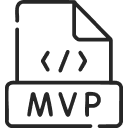 MVP Development
MVP Development Digital Product Development
Digital Product Development Hire Chatbot Developers
Hire Chatbot Developers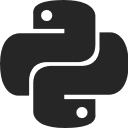 Hire Python Developers
Hire Python Developers Hire Django Developers
Hire Django Developers Hire ReactJS Developers
Hire ReactJS Developers Hire AngularJS Developers
Hire AngularJS Developers Hire VueJS Developers
Hire VueJS Developers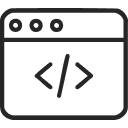 Hire Full Stack Developers
Hire Full Stack Developers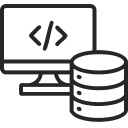 Hire Back End Developers
Hire Back End Developers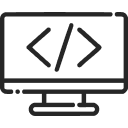 Hire Front End Developers
Hire Front End Developers AI Healthcare Software Development & Consulting
AI Healthcare Software Development & Consulting Healthcare App Development
Healthcare App Development EHR Software Development
EHR Software Development Healthcare AI Chatbot Development
Healthcare AI Chatbot Development Telemedicine App Development Company
Telemedicine App Development Company Medical Billing Software Development
Medical Billing Software Development Fitness App Development
Fitness App Development RPM Software Development
RPM Software Development Medicine Delivery App Development
Medicine Delivery App Development Medical Device Software Development
Medical Device Software Development Patient Engagement Software Solutions
Patient Engagement Software Solutions Mental Health App Development
Mental Health App Development Healthcare IT Consulting
Healthcare IT Consulting Healthcare CRM Software Development
Healthcare CRM Software Development Healthcare IT Managed Services
Healthcare IT Managed Services Healthcare Software Testing services
Healthcare Software Testing services Medical Practice Management Software
Medical Practice Management Software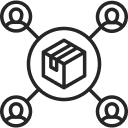 Outsourcing Healthcare IT Services
Outsourcing Healthcare IT Services IoT Solutions for Healthcare
IoT Solutions for Healthcare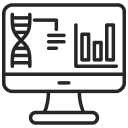 Medical Image Analysis Software Development Services
Medical Image Analysis Software Development Services Lending Software Development Services
Lending Software Development Services Payment Gateway Software Development
Payment Gateway Software Development Accounting Software Development
Accounting Software Development AI-Driven Banking App Development
AI-Driven Banking App Development Insurance Software Development
Insurance Software Development Finance Software Development
Finance Software Development Loan Management Software Development
Loan Management Software Development Decentralized Finance Development Services
Decentralized Finance Development Services eWallet App Development
eWallet App Development Payment App Development
Payment App Development Money Transfer App Development
Money Transfer App Development Mortgage Software Development
Mortgage Software Development Insurance Fraud Detection Software Development
Insurance Fraud Detection Software Development Wealth Management Software Development
Wealth Management Software Development Cryptocurrency Exchange Platform Development
Cryptocurrency Exchange Platform Development Neobank App Development
Neobank App Development Stock Trading App Development
Stock Trading App Development AML software Development
AML software Development Web3 Wallet Development
Web3 Wallet Development Robo-Advisor App Development
Robo-Advisor App Development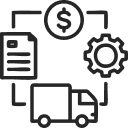 Supply Chain Management Software Development
Supply Chain Management Software Development Fleet Management Software Development
Fleet Management Software Development Warehouse Management Software Development
Warehouse Management Software Development LMS Development
LMS Development Education App Development
Education App Development Inventory Management Software Development
Inventory Management Software Development Property Management Software Development
Property Management Software Development Real Estate CRM Software Development
Real Estate CRM Software Development Real Estate Document Management Software
Real Estate Document Management Software Construction App Development
Construction App Development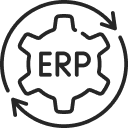 Construction ERP Software Development
Construction ERP Software Development





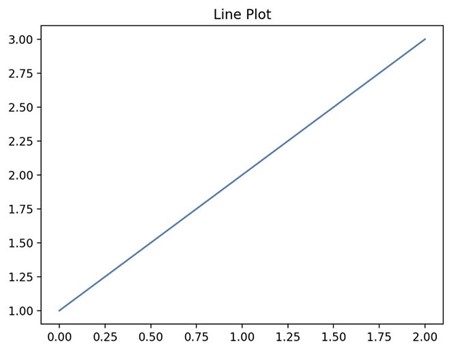

![How to Build an Image-to-Text Converter Using Python? [A Simple Guide for Developers] How to Build an Image-to-Text Converter Using Python? [A Simple Guide for Developers]](https://citrusbug.com/wp-content/uploads/How-to-Build-an-Image-to-Text-Converter-Using-Python_-A-Simple-Guide-for-Developers-1.png)
